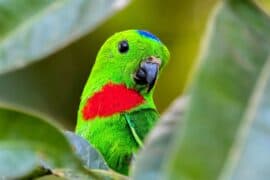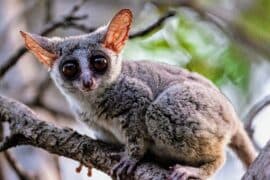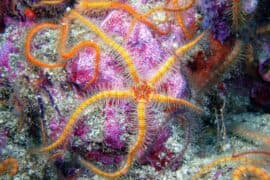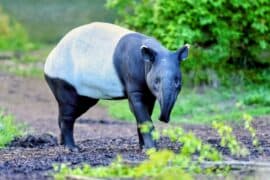Bush rat
(Rattus fuscipes)
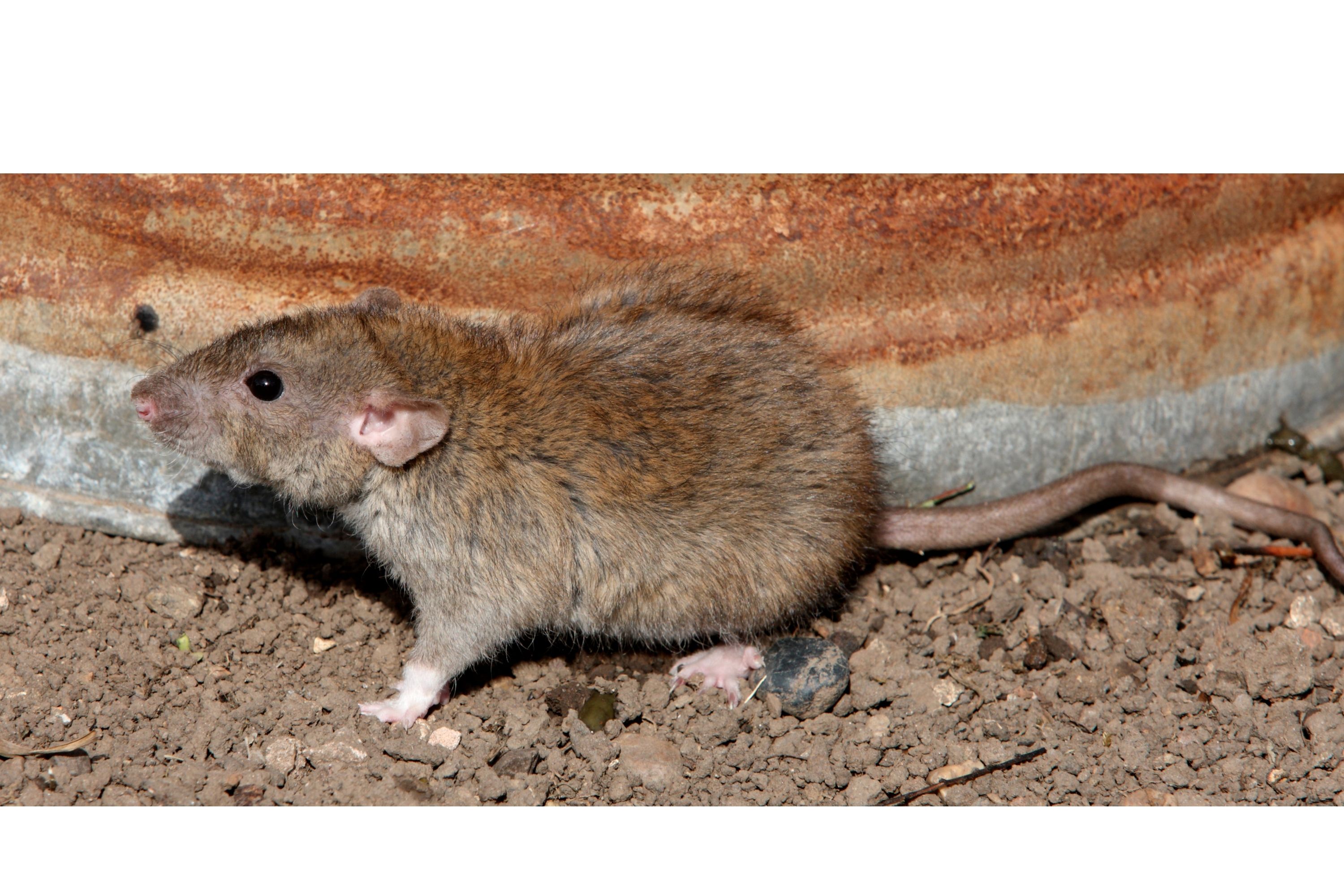
Description
The bush rat or Australian bush rat (Rattus fuscipes) is a small Australian nocturnal animal. It is an omnivore and one of the most common indigenous species of rat on the continent, found in many heathland areas of Victoria and New South Wales. While there are not many characteristics that readily distinguish the bush rat from other Rattus species, it is characterised by having small tympanic bullae and a straight incisive foramen. Adult bush rats are smaller than the Australian swamp rat (Rattus lutreolus) and in addition, the bush rat's foot pads are a pink colour, whereas the swamp rat's foot pads are dark brown. The hair at the foot is short and pale in colour, subspecies Rattus fuscipes coracius is notably darker. The feet are pentadactyl and all digits are clawed. The tail is a pink shade of brown, almost free of hair, with scales that overlap and give an obvious ringed appearance. The bush rat exhibits sexual dimorphism: the males are larger than the females in the species. Their prominent eyes are large, and this distinguishes them from the narrower snouted Cape York species Rattus leucopus where their range overlaps. The species varies greatly in coloration and size. The length of the head and body combined is from 100 to 205 millimetres (3.9 to 8.1 in), the tail is 100 to 195 mm (3.9 to 7.7 in); these measurements are approximately the same in the individuals. The ventral side of the pelage is a light grey or cream colour, which grades with the rufous flank and darker brown of the upper-side; the overall colour is a greyish or reddish brown. The length of the hind foot is 30 to 40 mm (1.2 to 1.6 in) and the ear 18 to 25 mm (0.71 to 0.98 in). The average weight, for a range of 50 to 225 grams (1.8 to 7.9 oz), is 125 g (4.4 oz). The number of teats is variable in the regional populations, the females bears one pair of pectoral teats and four at the inguinal region, except in the north of Queensland where the pectoral teats are absent. The bush rat is found primarily in the coastal regions of south and eastern Australia. While it is mainly found in the lowlands, the species is also found at higher altitudes in the Australian Alps. The coastal distribution extends to some offshore islands, including Kangaroo Island. The range of the southwestern subspecies R. fuscipes fuscipes is through sclerophyll forest of a high rainfall region.
Taxonomic tree:

